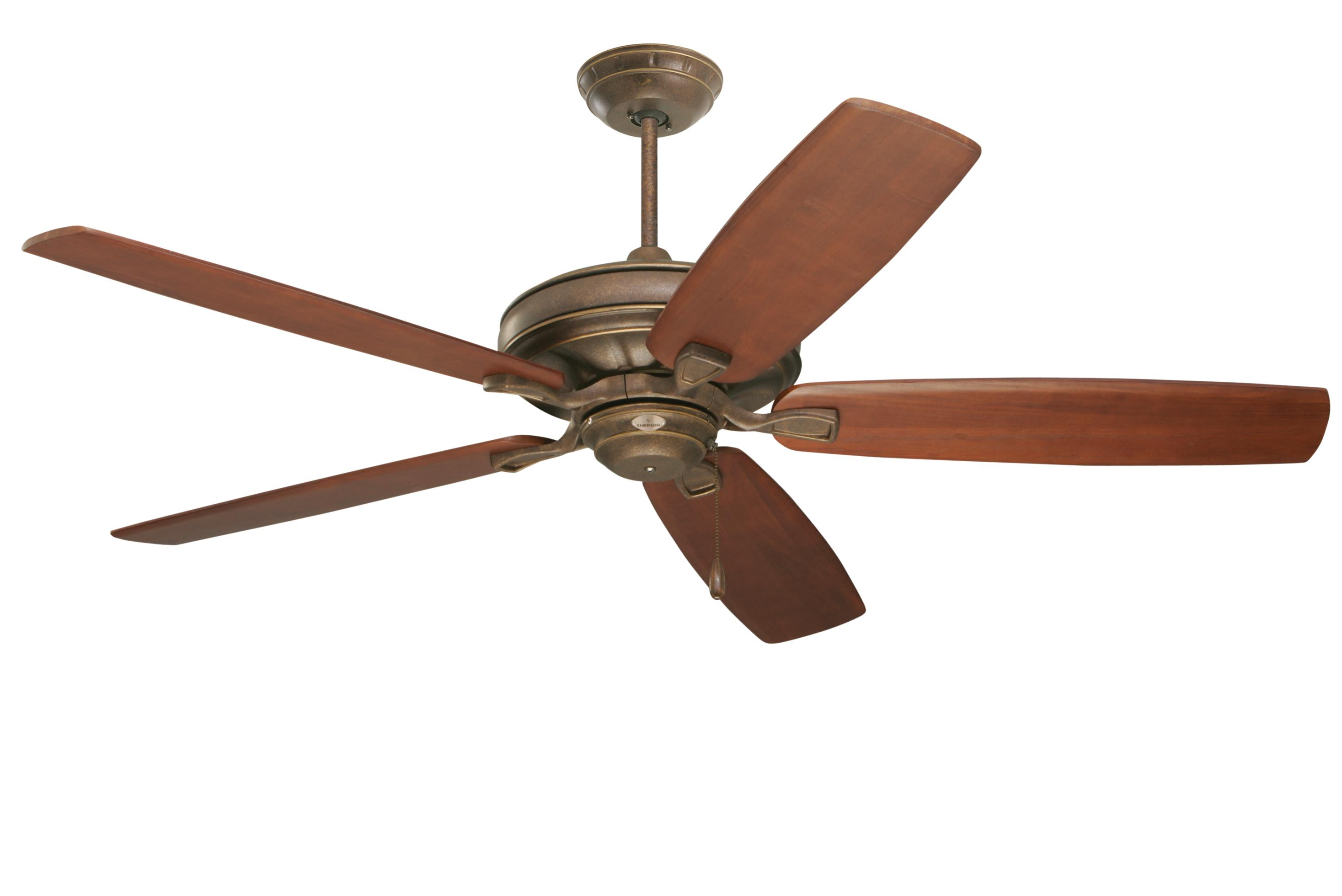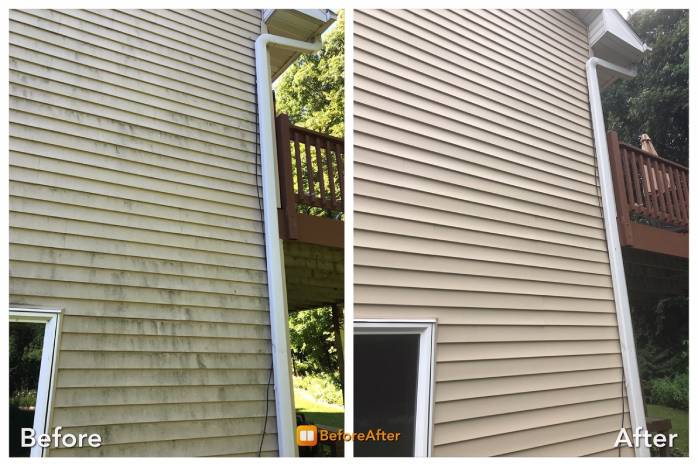
Introduction:
Ceiling fans are not only functional but also contribute to the overall comfort and aesthetic appeal of a room. To ensure they continue to operate efficiently, it’s essential to keep them clean. In this article, we will provide you with a comprehensive DIY guide on how to keep your ceiling fans clean and functional for optimal performance.
Understanding the Importance of Clean Ceiling Fans:
Ceiling fans accumulate dust and debris over time, affecting their performance and air quality in your home. Regular cleaning prevents the buildup of allergens and maintains the fan’s efficiency, ensuring a comfortable living space.
Gathering Necessary Tools:
Before you start cleaning your ceiling fans, gather the necessary tools. You’ll need a sturdy ladder, a microfiber dusting wand or cloth, a vacuum cleaner with a brush attachment, and a mild cleaning solution. Avoid using harsh chemicals that can damage the fan blades or motor.
Dusting the Blades:
The fan blades are prone to collecting dust, which can be easily distributed throughout the room when the fan is in use. Use a microfiber dusting wand or cloth to gently wipe the dust off each blade. Be thorough in your approach to ensure all surfaces are clean.
Vacuuming Additional Dust:
To prevent dust from falling onto the floor or furniture, use a vacuum cleaner with a brush attachment to capture any remaining particles. This step helps maintain cleanliness in the surrounding area and prevents the need for extra cleaning after the fan is back in operation.
Cleaning Motor Housing:
While cleaning the blades is crucial, don’t forget the motor housing. Use a damp cloth to wipe down the motor housing and remove any accumulated dust or dirt. Ensure the fan is turned off before attempting to clean the motor housing for safety reasons.
Checking for Loose Screws and Wobbles:
During the cleaning process, take the opportunity to check for loose screws and any wobbling in the fan. Tighten any loose screws using a screwdriver to ensure the fan operates smoothly and without any unnecessary noise or vibrations.
Balancing the Blades:
If you notice wobbling or an uneven spin, the fan blades may be out of balance. Use a fan balancing kit or attach small weights to the blades until balance is restored. Balanced blades not only enhance the fan’s performance but also prolong the motor’s life.
Inspecting the Light Fixtures:
If your ceiling fan has integrated light fixtures, inspect them for any dust or dirt. Clean the light covers and bulbs to ensure optimal brightness. Cleaning the light fixtures not only improves illumination but also adds to the overall cleanliness of the fan.
Lubricating Moving Parts:
To keep your ceiling fan running smoothly, lubricate the moving parts. Consult your fan’s manual for guidance on the type of lubricant to use and the specific areas that require lubrication. Proper lubrication reduces friction, minimizes noise, and extends the fan’s lifespan.
Establishing a Cleaning Routine:
Maintaining clean and functional ceiling fans is an ongoing process. Establish a cleaning routine that suits your home environment. Regular cleaning, at least once a season, prevents dust buildup and ensures your fans remain efficient and aesthetically pleasing.
Conclusion:
Keeping your ceiling fans clean and functional is a simple yet impactful DIY task. By understanding the importance of cleanliness, using the right tools, and incorporating regular maintenance into your routine, you can enjoy the benefits of efficient, quiet, and aesthetically pleasing ceiling fans. For a detailed guide on keeping your ceiling fans in optimal condition, you can visit keep ceiling fans clean and functional DIY. This resource provides additional insights and step-by-step instructions to help you maintain your ceiling fans for years to come.










.png)











